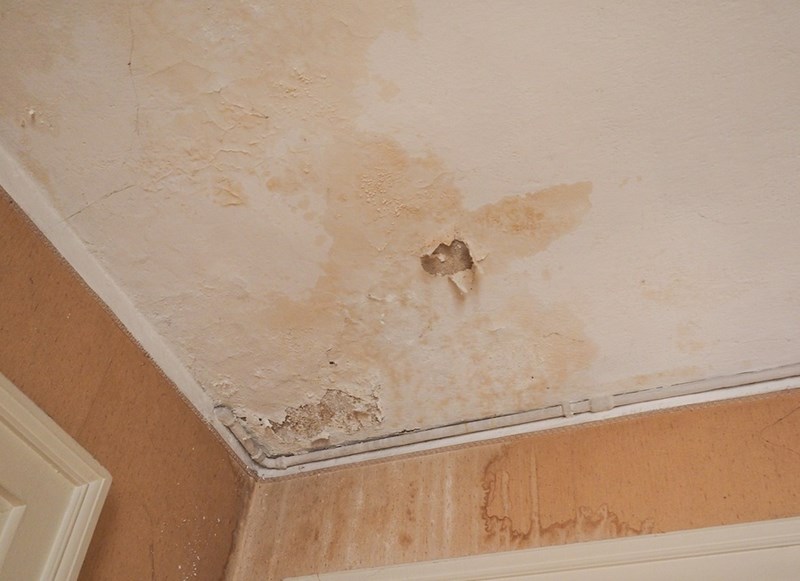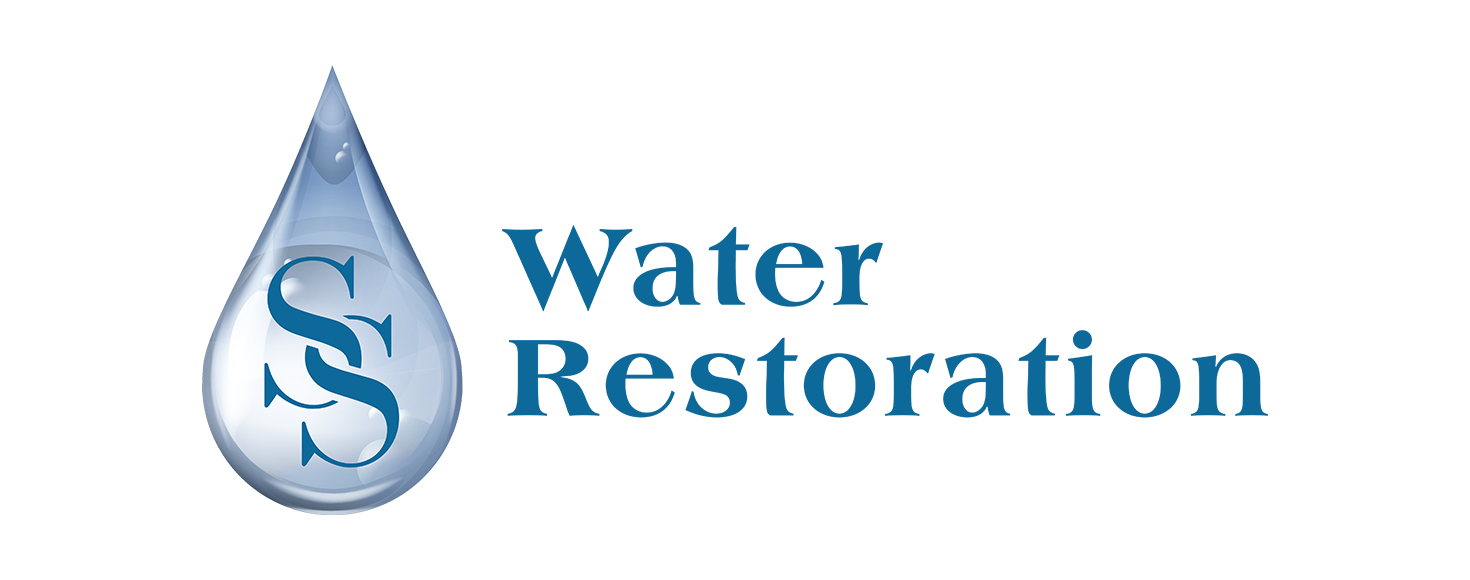The Process of Water Damage Cleanup: Ensuring Your Home Is Restored Effectively
Water damage can be an overwhelming obstacle for home owners, demanding a meticulous and structured cleaning procedure to restore safety and capability. A thorough evaluation is vital to recognize the extent of the damage and identify the proper removal procedures. Following this, effective water removal methods play an essential role in mitigating more harm. Nonetheless, the subtleties of drying, sanitizing, and ultimate remediation are equally crucial and usually ignored. Understanding these phases can make a considerable distinction in the outcome of your home's restoration, motivating a closer consider what each action involves.
Evaluating the Damages
Upon uncovering water damages, the initial step is to extensively assess the degree of the influence. This initial evaluation is vital, as it aids determine the required steps for reliable cleaning and restoration. Begin by examining the affected areas, consisting of wall surfaces, ceilings, floors, and personal valuables, to determine the resource of the water intrusion, whether from flooding, leaks, or condensation.
Recording the damages is vital for both insurance policy cases and intending restoration efforts - damage restoration services. Use photos and composed notes to catch the extent of the damages, keeping in mind any type of afflicted structural elements and materials. Pay special focus to locations that might not be instantly noticeable, such as behind wall surfaces and under rugs, as hidden moisture can lead to more problems, including mold and mildew development
Furthermore, analyze the timeline of the water exposure. Ultimately, a comprehensive evaluation lays the foundation for a successful water damages clean-up process, guaranteeing that all influenced areas are dealt with efficiently and extensively.
Water Removal Techniques

Professionals commonly employ submersible pumps for larger volumes of water, which can swiftly reduce flooding in cellars or various other affected areas. For smaller sized quantities, wet/dry vacuum cleaners are frequently made use of to extract residual wetness from carpetings and hard surface areas. In addition, using portable extractors permits targeted elimination in confined spaces or areas with delicate products.
In circumstances of polluted water, such as sewage or floodwater, advanced extraction methods might involve making use of biohazard devices to make certain safety and compliance with wellness regulations. High-powered extraction tools are vital in decreasing water retention in architectural products, which can lead to mold development and architectural degeneration otherwise resolved promptly.
Ultimately, the performance of water extraction techniques plays a pivotal role in the overall success of the water damage clean-up process, preparing for subsequent remediation efforts.
Drying and Dehumidification
When standing water has been efficiently extracted, the next crucial stage in the water damage cleanup process is drying out and dehumidification. This action is crucial to avoid additional damage and mold and mildew development, which can happen within 24 to 48 hours in wet environments.
To attain reliable drying out, specific devices such as industrial-grade air movers and dehumidifiers is employed. Air moving companies distribute air across damp surfaces, enhancing evaporation prices, while dehumidifiers minimize humidity degrees airborne, promoting a helpful atmosphere for drying. The mix of these devices makes sure that wetness is drawn out from floorings, furnishings, and wall surfaces, enabling them to dry extensively.
It is crucial to keep track of the drying out process closely. Specialists commonly utilize dampness meters to evaluate the wetness material in numerous materials, ensuring that all impacted locations reach appropriate dryness levels. This thorough strategy assists to avoid surprise dampness pockets that could cause structural damage or harmful mold growth.

Cleaning and Sterilizing
After the drying out and dehumidification stage is complete, the next crucial action in water damages clean-up is cleaning and sanitizing the affected areas. This process is critical to stop the development of mold and mildew, microorganisms, and other pathogens that flourish in wet settings.
The cleansing stage generally involves eliminating any kind of debris, dirt, and pollutants from surfaces utilizing specialized cleaning up representatives. For tough surface areas, a mix of soap and water or industrial cleaning products is usually utilized. Soft materials, such as furniture and carpetings, might call for more comprehensive cleaning approaches, including heavy steam cleansing or deep removal methods, to make certain detailed hygiene.

Sanitizing complies with cleansing, using EPA-approved disinfectants to remove harmful bacteria. This step is crucial, particularly in navigate to these guys areas that may have entered into call with floodwaters or sewer, as these sources can posture major health and wellness risks.
Additionally, it is essential to deal with any kind of staying odors, which may call for making use of odor neutralizers or innovative techniques like ozone therapy. Proper cleansing and sanitizing not only recover the safety and health of your home but also lay the foundation for effective restoration and repair services in succeeding stages of the water damages cleaning process.
Remediation and Repair Work

Once the evaluation is full, repair efforts can begin. Additionally, flooring might require comparable focus, depending on the degree of water exposure.
It is vital to involve skilled remediation experts during this procedure, as they have the competence to take care of complicated repair work efficiently. Additionally, they can help mitigate potential future concerns, such as mold growth or architectural instability, therefore making certain a habitable and safe living atmosphere. Inevitably, efficient remediation and repairs restore site web the home's stability and enhance its total worth.
Verdict
To conclude, the procedure of water damage cleaning is crucial for restoring a home to its pre-damage condition. Each stage, from examining the damage to carrying out reliable water extraction methods, complied with by thorough drying out, disinfecting, and required repair work, plays a crucial duty in making certain safety and conformity with structure requirements. Effective execution of these actions not only alleviates prompt damage yet also improves the lasting integrity and value of the property.
Water damages can be a challenging difficulty for property owners, demanding a organized and thorough cleaning procedure to bring back security and performance. Eventually, a detailed evaluation lays the groundwork for a successful water damage clean-up process, guaranteeing that all affected areas are addressed successfully and completely.
Effective water extraction strategies are crucial in minimizing damage and avoiding further complications adhering to a water breach occasion.In final thought, the process of water damages cleaning is important for bring back a home to its pre-damage condition. Each stage, from analyzing the damages to executing effective water removal methods, followed by extensive drying, disinfecting, and required repair work, plays an important duty in making certain safety and conformity with building criteria.